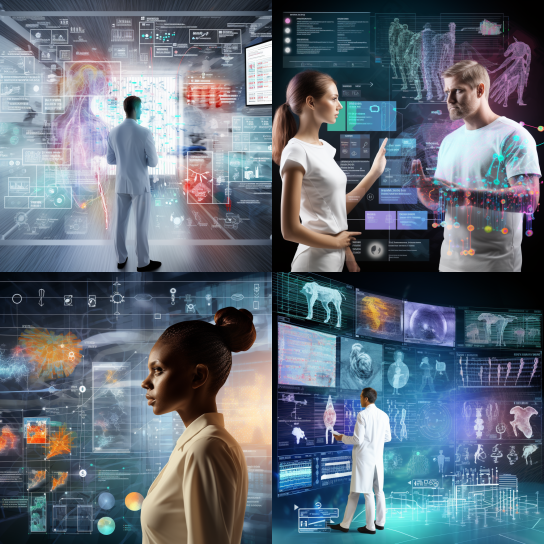What is Artificial Intelligence (AI)?
The Basics: What is AI?
What is Artificial Intelligence (AI)?
What is Artificial Intelligence (AI)
Introduction
Real "AI Buzz" | AI Updates | Blogs | Education
From Bust to Boom
Artificial Intelligence—Human Intelligence Exhibited by Machines
Back in that summer of ’56 conference the dream of those AI pioneers was to construct complex machines — enabled by emerging computers — that possessed the same characteristics of human intelligence. This is the concept we think of as “General AI” — fabulous machines that have all our senses (maybe even more), all our reason, and think just like we do. You’ve seen these machines endlessly in movies as friend — C-3PO — and foe — The Terminator. General AI machines have remained in the movies and science fiction novels for good reason; we can’t pull it off, at least not yet. What we can do falls into the concept of “Narrow AI.” Technologies that are able to perform specific tasks as well as, or better than, we humans can. Examples of narrow AI are things such as image classification on a service like Pinterest and face recognition on Facebook.
Those are examples of Narrow AI in practice. These technologies exhibit some facets of human intelligence. But how? Where does that intelligence come from? That get us to the next circle, Machine Learning.
Read More









Leave a Reply